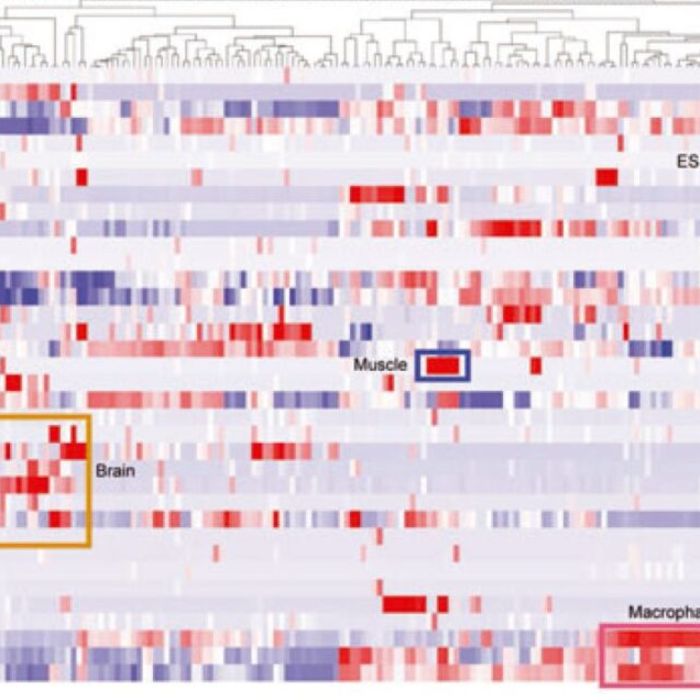Publications
Reprogramming Cell Fates: Insights from Combinatorial Approaches

August 17, 2012 / Volume 1266
Annals of the New York Academy of Sciences
Carlos-Filipe Pereira, Ihor R Lemischka, Kateri Moore
Abstract
Epigenetic reprogramming can be achieved in different ways, including nuclear transfer, cell fusion, or the expression of transcription factors (TFs). Combinatorial overexpression provides an opportunity to define the minimal core network of TFs that instructs specific cell fates. This approach has been employed to induce mouse and human pluripotency and differentiated cell types from cells that can be also as distant as cells from different germ layers. This suggests the possibility that any specific cell type may be directly converted into another if the appropriate reprogramming TF core is determined. Herein, we review the factors used for reprogramming multiple cell identities and raise the question of whether there is a common underlying blueprint for reprogramming factors. In addition to the generation of human cell types of interest for cell-replacement therapies, we propose that the TF-mediated conversion of differentiated cell types, especially somatic stem cells, will have an impact on our understanding of their biological development.